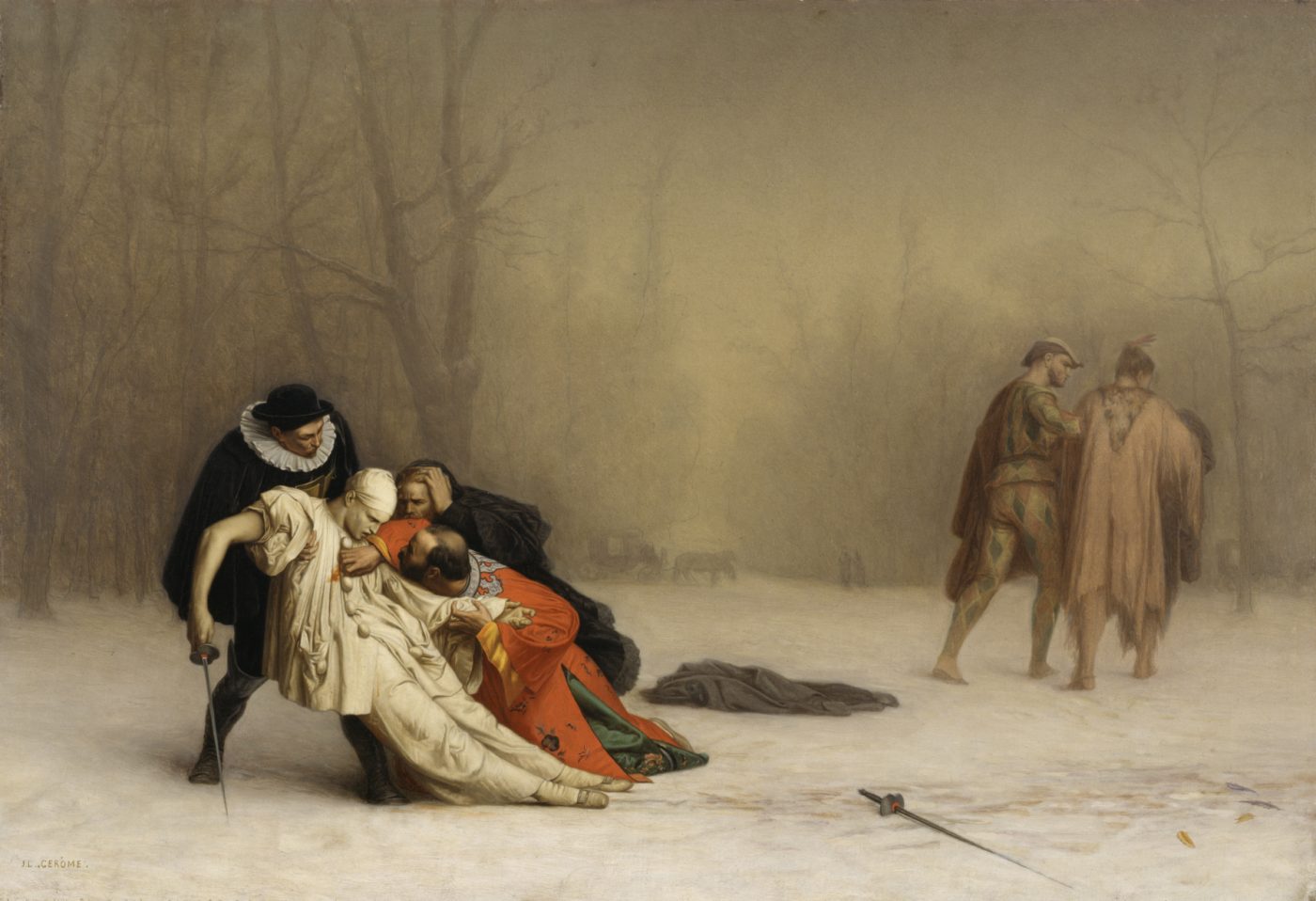Virginia Woolf ~ A Capsule Book Review by Allen Kopp
Virginia Woolf (1882-1941) was one of the leading lights of English literature of the twentieth century. Her famous novels include Orlando, Mrs. Dalloway and To the Lighthouse. Edward Albee’s play, Who’s Afraid of Virginia Woolf?, has added to her fame, or at least to her name recognition, even though it has nothing to do with her. She was married to Leonard Woolf, a publisher and writer, from 1912 until her death in 1941. They never had any children.
Besides being a brilliant writer, Virginia Woolf was a feminist (extreme in her views that women had always been held back by men), lecturer (she would spend a year preparing a series of lectures she was going to give), snob (she believed America or Americans had never produced anything of value), pacifist (her lack of patriotism and indifference in World War I were mitigated by her fear of Hitler and the outbreak of World War II), and a lesbian. One of her long-term lesbian lovers was the writer Vita Sackville-West. Vita was married to Harold Nicholson, a writer who was also a homosexual. In spite of their sexual proclivities, Vita and Harold had two sons, Ben and Nigel. Nigel Nicholson was born in 1917 and knew Virginia Woolf when he was a child and she was an adult. (We should assume, I suppose, that he didn’t know the nature of his mother’s relationship with Virginia Woolf until many years later.) Nigel Nicholson wrote this brief (190 pages), engaging biography, Virginia Woolf, for the Penguin Lives series.
During Virginia Woolf’s life, she was as famous for her day-to-day activities as for her writing. She was a leader and outspoken member of the Bloomsbury Group, an aggregation of writers, thinkers and intellectuals whose works and outlook influenced literature, aesthetics, criticism and modern outlooks on pacifism, feminism and sexuality. Members of the Bloomsbury Group were well-known for their love affairs and espoused what later would be called “free love.” The Bloomsbury Group included (among others) writers E. M. Forster and Lytton Strachey and painters Dora Carrington and Virginia’s sister, Vanessa Bell.
What most people today know about Virginia Woolf (thanks, in part, to the novel and movie, The Hours) is that she had “bouts of insanity.” She suffered from a form of mental illness, probably manic depression or bipolar disorder, that could today be controlled by medication. After a number of suicide attempts throughout her life, she drowned herself in the River Ouse near her home in 1941 at the height (for Britain) of World War II, age fifty-nine. Her life and legacy live on in her work.
For students of twentieth century English literature, Virginia Woolf by Nigel Nicholson is a fascinating, easy-to-read overview of the author’s life and times. Nigel Nicholson has the added advantage of having known Virginia Woolf firsthand and says in 190 pages what other writers would say in 500.

Copyright © 2015 by Allen Kopp

